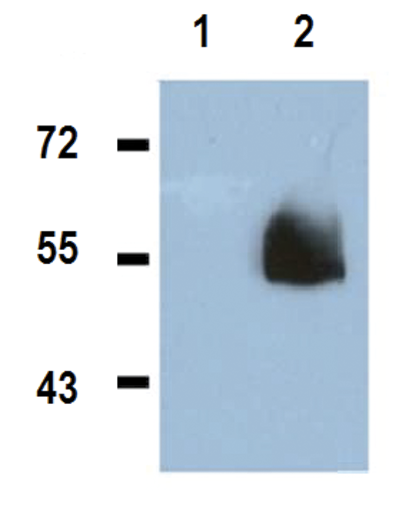| WB Western blot : The quality of antibodies used in this technique is crucial for correct and specific protein identification. Diagenode offers huge selection of highly sensitive and specific western blot-validated antibodies. Learn more about: Load... Read more |
| IP Immunoprecipitation Read more |
| ChIP-qPCR 定量のPCRとクロマチン免疫沈降(ChIP)が相まり、既知のゲノム結合部位でのタンパク質-DNA相互作用を調べる事に利用できます。ゲノム結合部位が不明の場合は、プロモーターのような潜在的な制御領域に対してqPCRプライマーを設計することもできます。ChIP-qPCRは、リアルタイムPCRを実行するコストが最小であるため、異なる実験条件にわたって特定の遺伝子および潜在的な制御領域に焦点を当てた研究においてとても有利です。また、この技術は現在、細胞分化、腫瘍抑制遺伝子のサイレンシング、およ... Read more |



